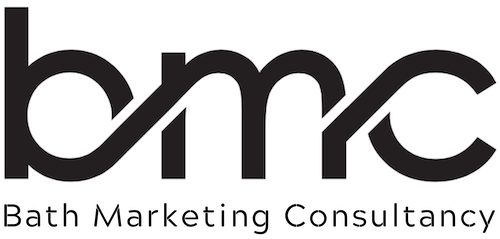Marketing’s ultimate goal is to establish a process that converts a suspect into a prospect and, eventually, into a client. While there are countless ways to execute effective marketing, securing that initial meeting should be a core objective.
The Crucial Decision: Flying Solo or Bringing a Team?
Once you’ve secured a meeting with a prospect, an important decision arises: should you attend alone or bring a colleague?
Going Solo: If you rely on your interpersonal skills, charm, and industry knowledge, attending alone can work in your favor. However, this means the prospect must connect with you personally.
Bringing a Team Member: If rapport-building is a concern or if the meeting involves technical expertise, having a colleague present may improve the chances of success. Just ensure that the follow-up is handled by the person who built the strongest connection.
Preparation is Key: Do Your Research
- Your work doesn’t start when you step into the meeting—it starts well before. Use online research tools like Google, LinkedIn, and company websites to learn as much as possible about your prospect, their company, and their industry.
- Even small details can make a difference. While in the reception area, take note of company awards, brochures, or interactions with employees. Sometimes, valuable insights can come from a casual chat with another visitor or the receptionist.
The First Impression: Making It Count
- The meeting begins the moment you enter the building.
- The Handshake: A firm handshake sets the tone for professionalism and confidence.
- The Small Talk: Use the journey to the meeting room to build rapport—hobbies, mutual connections, or industry insights can be great conversation starters.
- The Exit: The walk back to reception is another opportunity to strengthen the relationship. Use it wisely to leave a lasting impression.
Handling Unexpected Surprises
Meetings don’t always go as planned. You may face surprises like:
- A senior executive unexpectedly joining the meeting.
- A shift in discussion topics beyond what was initially agreed.
- A last-minute time constraint reducing your presentation window.
No matter the curveball, adaptability is key. Stay confident, remain enthusiastic, and ensure your core message is delivered effectively.
Final Thoughts: First Impressions Matter
Every client meeting is an opportunity to build trust and establish credibility. The way you prepare, engage, and respond can significantly impact the outcome. By being strategic in your approach, you can turn every meeting into a stepping stone toward long-term business success.




